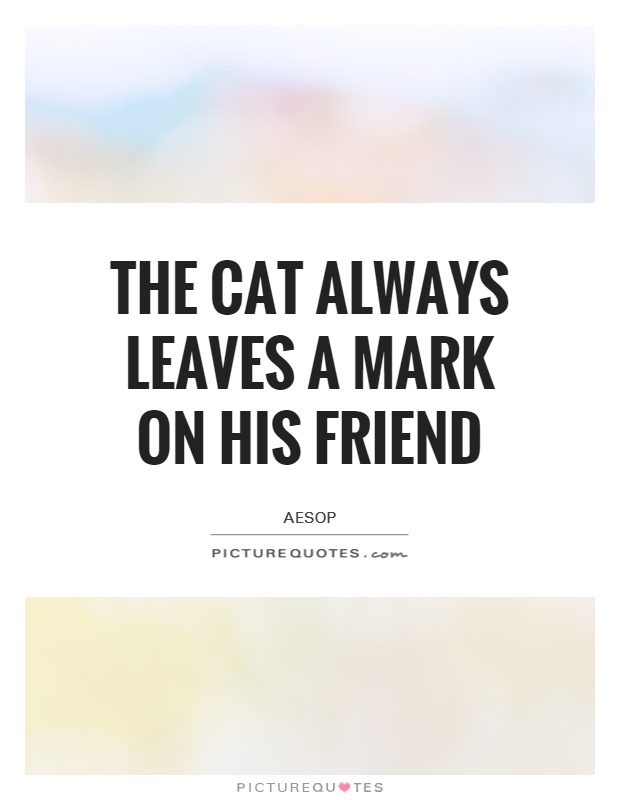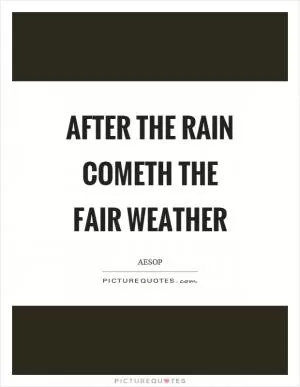The cat always leaves a mark on his friend

The cat always leaves a mark on his friend
In the world of Aesop's fables, animals often take on human-like qualities and behaviors to teach valuable lessons. One such fable that comes to mind when thinking about the phrase "The cat always leaves a mark on his friend" is the story of "The Lion and the Mouse."In this fable, a mighty lion captures a tiny mouse and is about to devour it when the mouse pleads for mercy, promising to repay the lion's kindness in the future. The lion, amused by the idea of a small mouse being able to help him, decides to let the mouse go. Later on, the lion finds himself trapped in a hunter's net, unable to free himself. Hearing the lion's roars of distress, the mouse comes to his rescue, gnawing through the ropes and setting the lion free.
The moral of this fable is that even the smallest and seemingly insignificant creatures can be of help to those who are more powerful. Just like the mouse left a mark on the lion by saving his life, the cat in our phrase always leaves a mark on his friend, whether it be through acts of kindness or assistance in times of need.












 Friendship Quotes
Friendship Quotes Love Quotes
Love Quotes Life Quotes
Life Quotes Funny Quotes
Funny Quotes Motivational Quotes
Motivational Quotes Inspirational Quotes
Inspirational Quotes